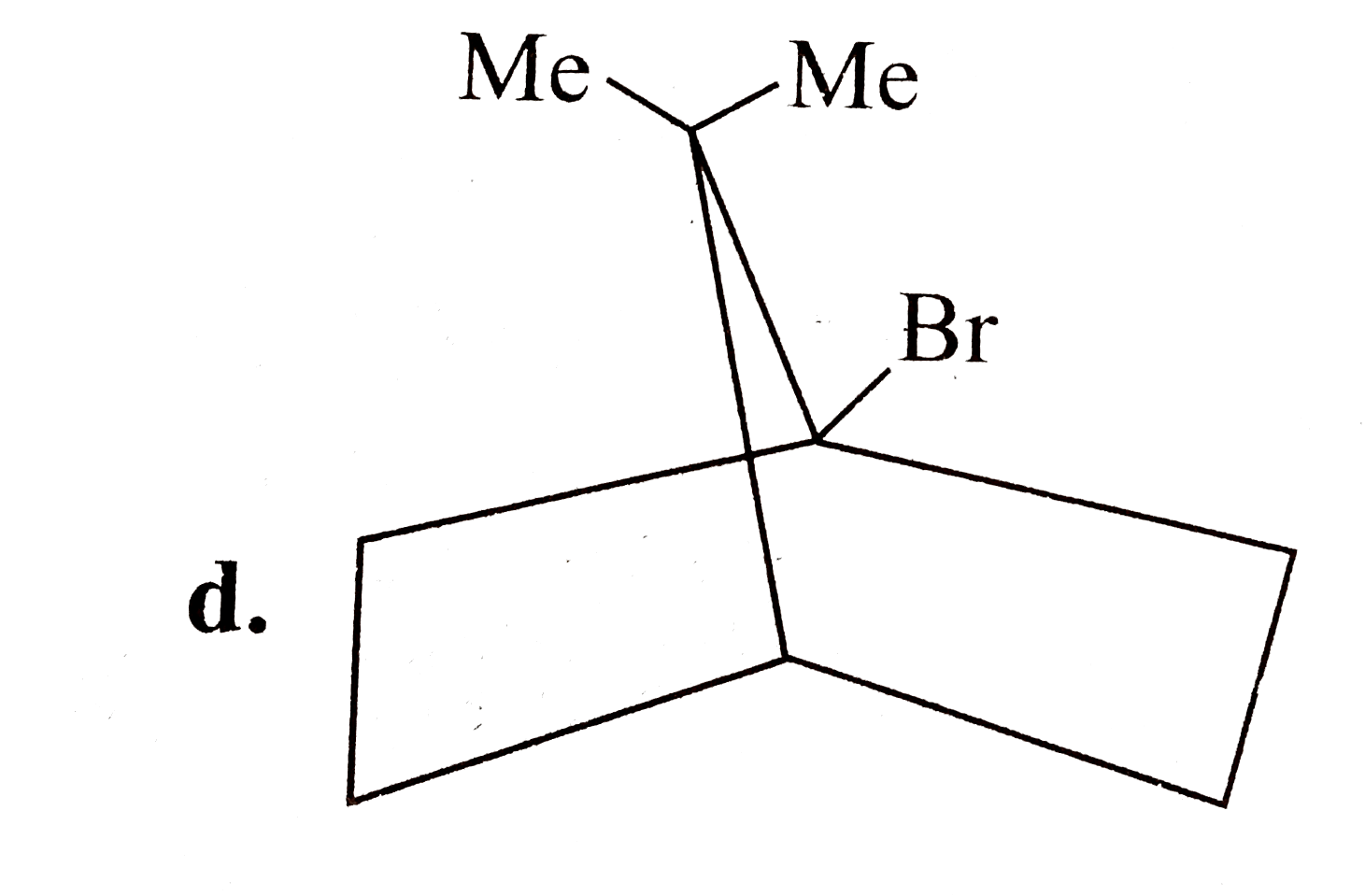The leaving group is that functional group which is ejected with ¯e,s of the σ -bond in a reaction. Better the leaving group, faster is the reaction. The relative leaving ability of the leaving group X in (R−X) is increased by :
(i) The polarisability of (R−X) bond.
(ii) The stability of XӨ.
(iii) The degree of stabilisation through solvation of X.
(iv) The strength of (R−X) bond.
The leaving group tendency is also called fugacity.
Which statement is correct ?
A
Only SN1 reaction depends on the nature of leaving group.
B
Only SN1 reaction depends on the nature of leaving group.
C
Both SN1 and SN2 reactions depends on the nature of leaving group.
D
All
Video Solution
Text Solution
The correct Answer is:C
The statement of self-explanatory.
|
Topper's Solved these Questions
- ORGANIC REACTION MECHANISMBOOK - CENGAGE CHEMISTRYCHAPTER - ORGANIC REACTION MECHANISMEXERCISE - Multiple Correct
30 Videos
- ORGANIC REACTION MECHANISMBOOK - CENGAGE CHEMISTRYCHAPTER - ORGANIC REACTION MECHANISMEXERCISE - Single correct
50 Videos
- ORGANIC REACTION MECHANISMBOOK - CENGAGE CHEMISTRYCHAPTER - ORGANIC REACTION MECHANISMEXERCISE - Subjective
19 Videos
- NCERT BASED EXERCISEBOOK - CENGAGE CHEMISTRYCHAPTER - NCERT BASED EXERCISEEXERCISE - Chemical Equilibrium
72 Videos
- P-BLOCK GROUP 13 - BORON FAMILYBOOK - CENGAGE CHEMISTRYCHAPTER - P-BLOCK GROUP 13 - BORON FAMILYEXERCISE - Exercise Archives (Subjecive)
9 Videos
Similar Questions
Leaving Groups || SN2
View SolutionThe leaving group is that functional group which is ejected with ¯e,s of the σ -bond in a reaction. Better the leaving group, faster is the reaction. The relative leaving ability of the leaving group X in (R−X) is increased by :
(i) The polarisability of (R−X) bond.
(ii) The stability of XӨ.
(iii) The degree of stabilisation through solvation of X.
(iv) The strength of (R−X) bond.
The leaving group tendency is also called fugacity.
Which one of the followingd has the highest fugacity ?
View Solution
Knowledge Check
The leaving group is that functional group which is ejected with ¯e,s of the σ -bond in a reaction. Better the leaving group, faster is the reaction. The relative leaving ability of the leaving group X in (R−X) is increased by :
(i) The polarisability of (R−X) bond.
(ii) The stability of XӨ.
(iii) The degree of stabilisation through solvation of X.
(iv) The strength of (R−X) bond.
The leaving group tendency is also called fugacity.
Which statement is wrong ?AIn polar aprotic solvents such as DMSO,DMF, and DMA, the fugacity order is IӨ>BrӨ>ClӨ>FӨ.BStrong bases are good leaving groups.CThe leaving group order of the following is :
ӨOH>ROӨ>CH≡CӨ>ӨNH2.DCharges species are good leaving groups than neutral species.The leaving group is that functional group which is ejected with ¯e,s of the σ -bond in a reaction. Better the leaving group, faster is the reaction. The relative leaving ability of the leaving group X in (R−X) is increased by :
(i) The polarisability of (R−X) bond.
(ii) The stability of XӨ.
(iii) The degree of stabilisation through solvation of X.
(iv) The strength of (R−X) bond.
The leaving group tendency is also called fugacity.
Which of the following undergoes SN reaction easily ?AVinyl bromideBBromobenzeneCp-Nitro bromobenzeneD
The leaving group is that functional group which is ejected with ¯e,s of the σ -bond in a reaction. Better the leaving group, faster is the reaction. The relative leaving ability of the leaving group X in (R−X) is increased by :
(i) The polarisability of (R−X) bond.
(ii) The stability of XӨ.
(iii) The degree of stabilisation through solvation of X.
(iv) The strength of (R−X) bond.
The leaving group tendency is also called fugacity.
Which of the following is the wrong order of fugacity ?ASbH3>AsH3>PH3>NH3BFӨ>ӨOH>ӨNH2>ӨCH3CNH3>NH2−NH2>MeNH−NH−Me>Me2N−Nme2DCӨN>ӨOH>MeO>ӨCH3.
